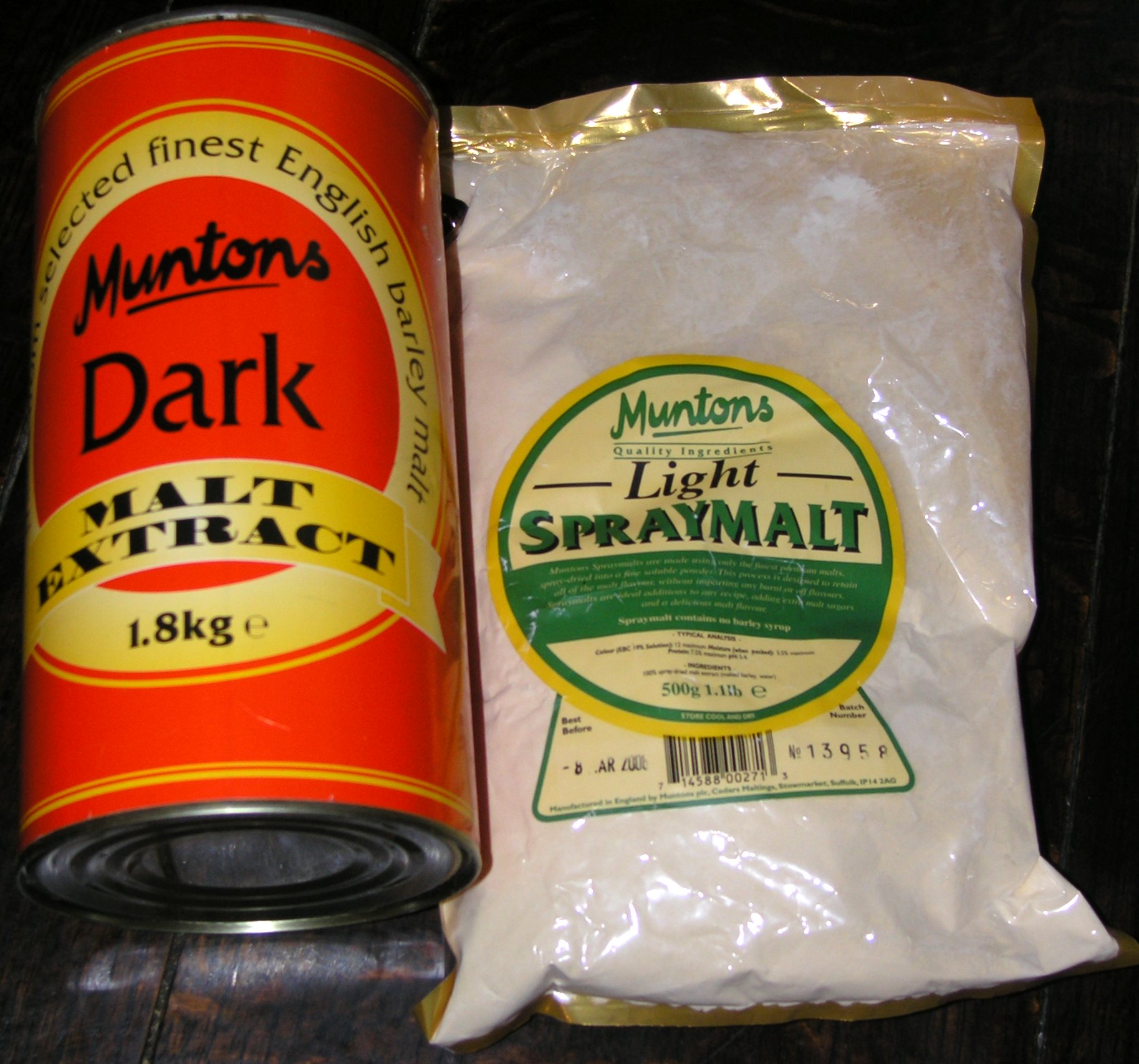For the Love of Beer as a Hobby or Career
From simple kits that allow you to mix and ferment to growing your own grains, home brewing is a rewarding hobby that can be as easy or as complex as you would like. It can be just as rewarding as a career. No matter which, it is important to remember to enjoy the process. Many aspects of brewing such as standing over a hot kettle with a countdown timer waiting to add an ingredient at the perfect time can be pretty tense.
Charlie Papazian, the author of The Complete Joy of Home Brewing, coined the mantra "Relax. Don’t Worry. Have a Home Brew.” He offers great insight.
Relax
Basic beer starts with four simple ingredients: malted grains, hops, yeast, and water. The malted grains are converted to sugar and, in a process called fermentation, yeast eats sugar to produce alcohol and carbon dioxide. It is that easy. Each of these ingredients can be altered to create vastly different beer styles.
Malted Grains
Cereal grains are malted in order to develop enzymes that can convert the grain’s starches into sugars. Roasting the grains leads to darker beers. These grains are then crushed in hot water to convert starches to sugars. Beginning home brewers tend to bypass this process by using a malt extract. These extracts come in many varieties and can be pre-hopped thus simplifying the brewing process by eliminating the need for hop additions.
Hops
Hops are cone shaped flowers from the hop plant that are used to flavor, aroma, and preserve beer. Hops add the bitterness that can be used to balance out the sweetness from malt. Beginners tend to use dried hops that have been processed into pellets.
Yeast
Brewer’s yeast is a fungus that consumes sugars and creates alcohol and CO2. There are many strains of yeast that vastly affect the style of beer produced. There are two types of brewer’s yeast -- ale yeast and lager yeast. Ale yeast thrives at higher temperatures (60-85°F) whereas lager yeast thrives at lower temperatures (40-55°F).
Water
Water is an often overlooked, but critical ingredient to the brewing process. Minerals in water can affect the rate of starch-sugar conversion, and traditionally added regional characteristics to beer. As a general rule if the water tastes good, it should make a good beer.
Don't Worry, Have a Home Brew
 When combined, the four ingredients will make beer. Your beers will not be perfect, but that is part of the fun. Flawless beers can be purchased at a store. Your beer might be cloudy, flat, over-carbonated or have any number of off-flavors, but it will be beer. Stick with it and each batch will be better than the next.
When combined, the four ingredients will make beer. Your beers will not be perfect, but that is part of the fun. Flawless beers can be purchased at a store. Your beer might be cloudy, flat, over-carbonated or have any number of off-flavors, but it will be beer. Stick with it and each batch will be better than the next.While brewing can be a fairly simple process it helps to have a friend guide you through the first time. UNLV Continuing Education and UBottleIt are teaming up to offer a Home Brew Workshop for Beer Lovers September 18.
Interested in becoming a beer expert? Check out the Beer Steward & Connoisseur Certificate Program


No comments:
Post a Comment